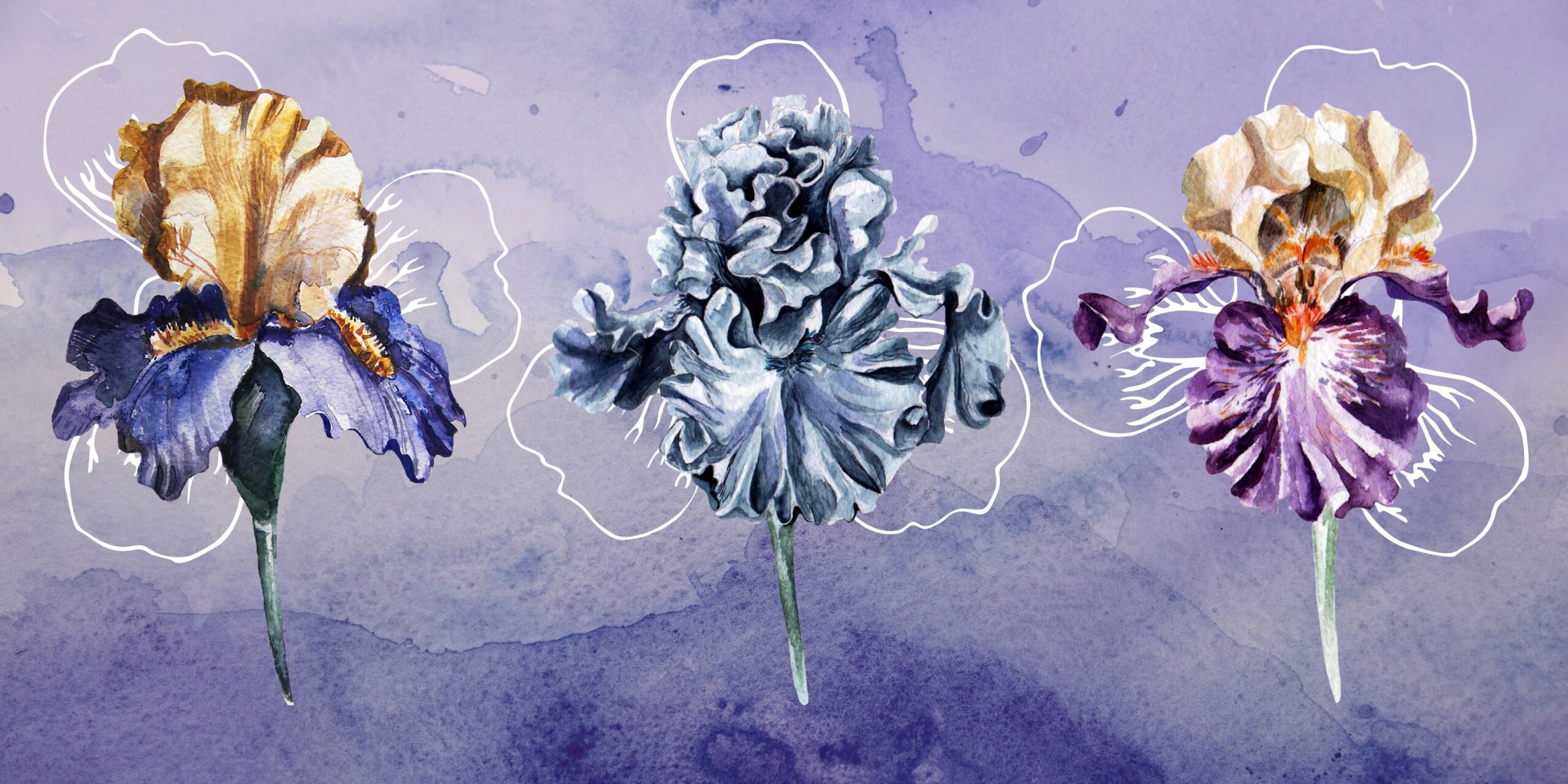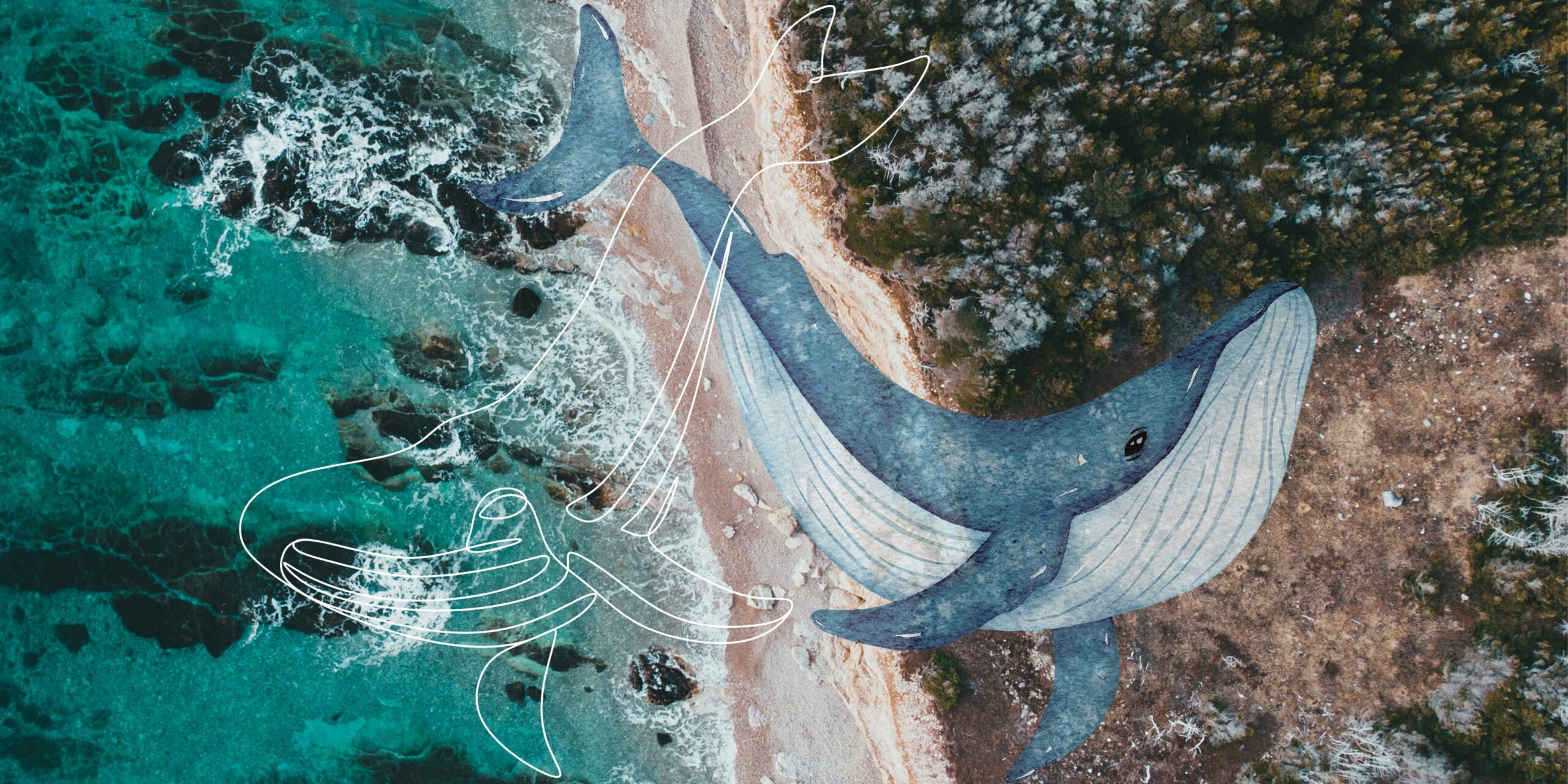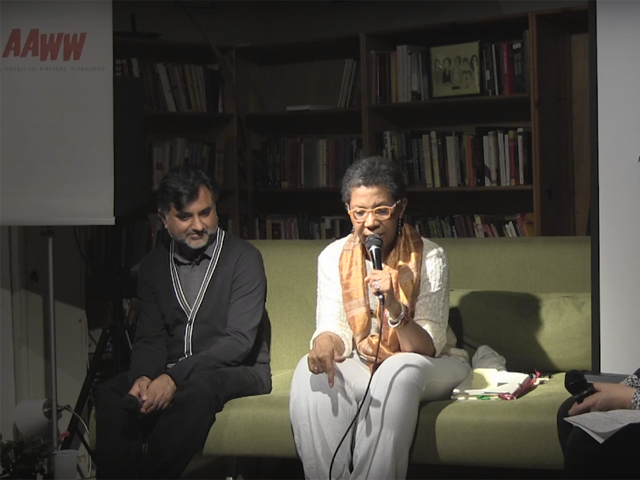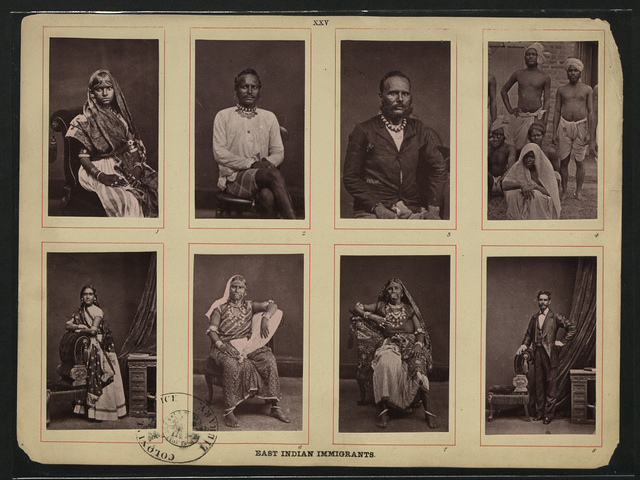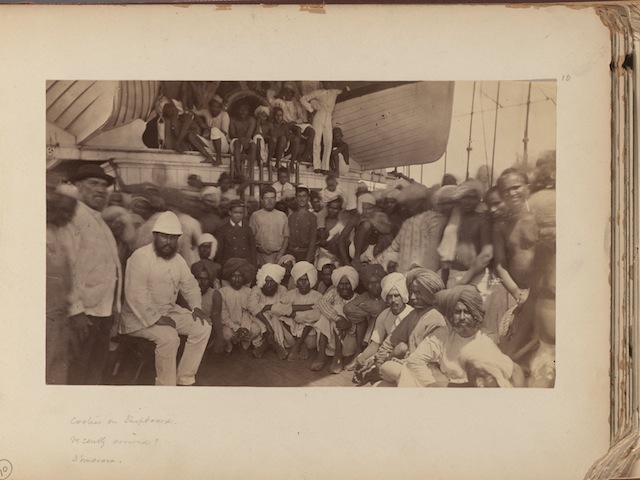Three artistic works, recently showcased in Kuala Lumpur and beyond, suggest why it matters that we think about the history of the Malayan Emergency in concert with the contemporary COVID-19 and climate emergencies
Two scholars exchange letters on poetry and climate
Pieces on the art and politics of translation
Fifteen pieces that reimagine border and migration
“I feel like my writing is always either at a micro-cellular level or a drone level. There’s this constant cycle between being way too close and things feeling surreal, or pulled way out and things also feeling a little surreal.”
when does / a door become / a door , as it opens / or when it closes , / revealing an entirety – its face / or a fixed movement / of its hinges , is that smiling / or saying goodbye , / moonlight / or memory.
Poem by Linh San, translated by Châu Hoàng
From the slave ship Zong to the Japanese steamship Komagata Maru, two experimental poets draw on legal papers and ship records as they raise spirits from the sea
Gaiutra Bahadur unearths buried stories of indenture—those of women who battled rigid patriarchy on either side of the black water.
With the novelist who long thought she was a Korean American impostor
An excerpt from Coolie Woman, Gaiutra Bahadur’s new book about hidden histories of indentured labor migration
A photojournalist returns to his ancestral home to capture what is left of a long history of migration between China and the US.
We would like to collect information during your visit to help us better understand site use. This data is anonymized, and will not be used for marketing purposes. Read More on our Privacy Policy page. You can withdraw permission at any time or update your privacy settings here. Please choose below to continue.



